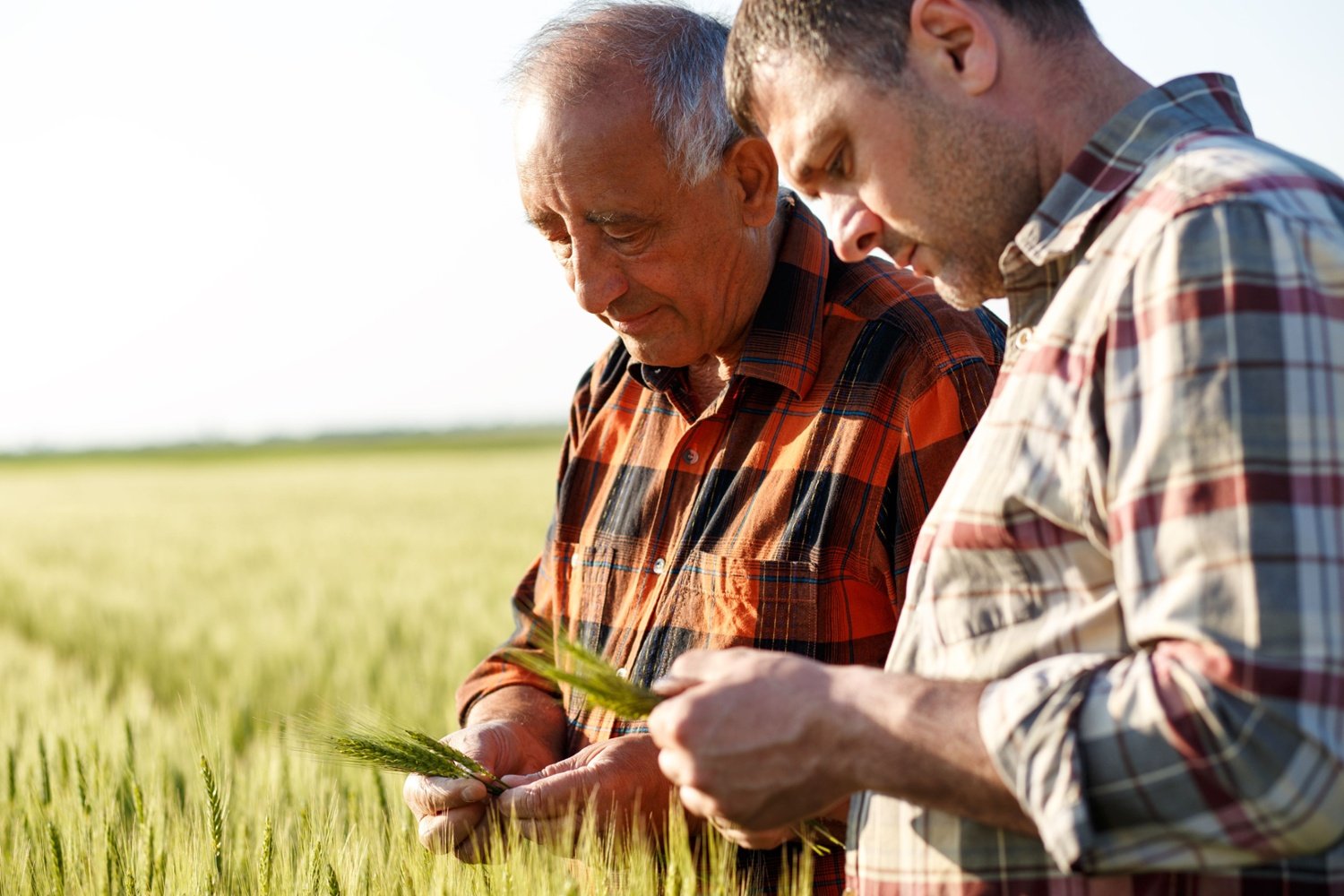From Regulation to Innovation: How China’s Crop Protection Market is Evolving
China’s crop protection market continues to evolve.
With a strong emphasis on sustainability, innovation, and food security, the government has implemented various measures to support the industry, particularly in the biopesticide sector.
The outlook for 2025 through 2029 suggests continued evolution in demand, supply, and regulatory frameworks.

Wider economy context

Farmer surveys show confidence remains steady
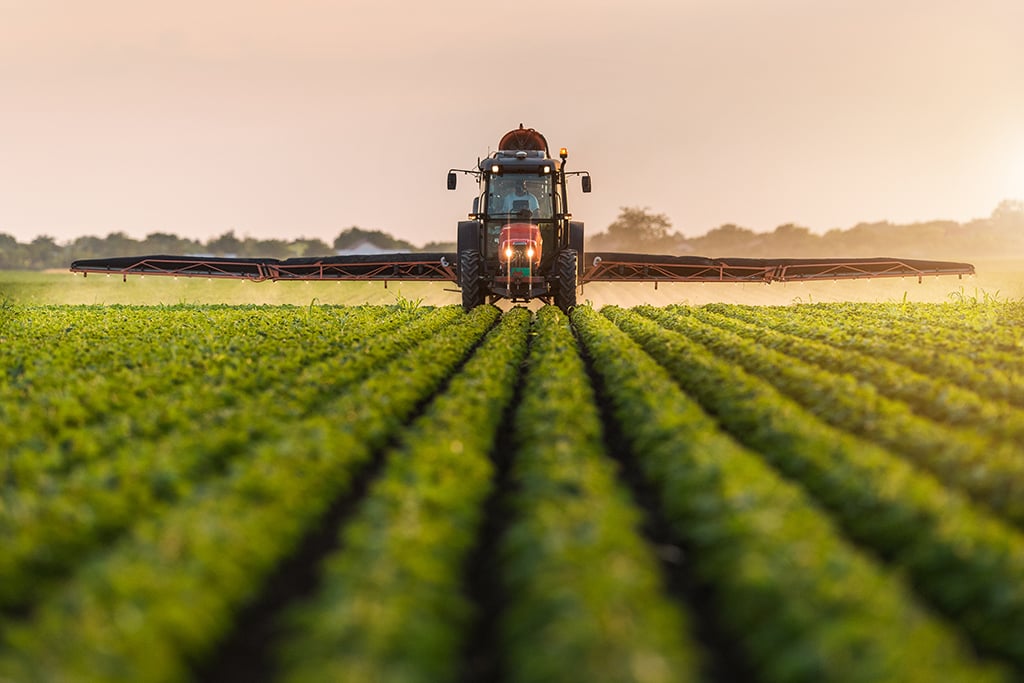
Biopesticide focus
To accelerate bringing biopesticide R&D to market, regulations have been modified to streamline registration processes. The number of required trials and tests has been reduced, with field trial requirements now just one year. Resultingly, from 2017 to 2019, 15 new bioactive ingredients (AIs) were registered in China, while from 2020 to June 2024, this number increased to 23.
The Chinese government’s prioritization of biopesticide use in specialized prevention and control measures aims to enhance pest management strategies - while reducing reliance on synthetic chemicals. Strategically this allows potential for ″better″ i.e. reduced risk of resistance seen in some conventional crop protection pest control products in key crops. In conjunction with pest challenge management, the focus on biopesticide use potentially reduces environmental impact, and conceivably increases food security.
By the end of 2025, 45% of the CP application area in China for rice, corn, and wheat will be covered under this initiative. Fruits, vegetables, and tea crops are also prioritized for biopesticide use, with growers receiving subsidies for their efforts. Additional efforts to encourage use of green fertilizers, including biostimulants, are aimed at enhancing sustainable agricultural practices.
Crop data from Kynetec’s CropTrak™: Key insights directly from farmer surveys
Rice

Since 2016, regenerative rice farming has gained traction in China, promoting a ″one planting, two harvests″ approach to improve productivity and return on investment. This practice, increasingly adopted in major rice-producing provinces such as Anhui, Hubei, Hunan, and Jiangxi, has covered approximately 1 million ha, or 3.3% of the national rice area. Regenerative rice farming requires lower fertilizer and CP input, as its shorter growth cycle reduces susceptibility to pests and diseases.
Soybean

To address food security concerns, the government has promoted corn-soybean strip compound planting, allowing increased soybean acreage without reducing corn production. In 2022, this policy covered ~1.25 million ha, accounting for 67% of the total soybean acreage growth that year. Heilongjiang province continues to dominate soybean production, contributing nearly half of the national total. However, herbicide management remains a challenge, with both corn and soybean requiring effective weed control strategies.
Citrus

Citrus cultivation in China has expanded significantly in recent years, with Guangxi province leading production growth. Government policies have fuelled this expansion, resulting in a CAGR of 13% between 2018 and 2022. Citrus has emerged as the second-largest crop by CP value at the farm level, reaching a market value of 11,458 million CNY in 2022.
Forward-looking insights from Kynetec’s Interlytics: a predictive analytics market research tool, for informed decision-making
2025 predicted key drivers and trends…
Despite an expected 2% decline in agricultural commodity prices in 2024 and 2025 due to ample supply, China’s demand for key commodities remains stable. Soybean imports are projected to hold steady at 103 million tons, with increasing competition from Brazil and Argentina reducing the US share of China’s soybean market. While overall grain consumption is expected to decline, rising affluence is likely to boost demand for animal feed, industrial applications, and exports. Corn area remains stable, while output is projected to increase. Rice, wheat and cotton areas and production are expected to remain stable. GM corn varieties approved in 2023 continue to be adopted as China emphasises agricultural innovation.
In crop protection a shift from high inventory to destocking is expected. Changes in channel distribution strategies will focus on speeding up supply chain turnover and improving forecasting. Prices are expected to stabilize between the lows of 2024 and the highs of 2022. Insecticide use will decrease as part of an "early control" initiative, while fungicide applications will rise with integrated prevention strategies. Pesticide use in vegetables and fruit trees will focus on efficacy, low residue, and low dosage, increasing demand for such products.

…and into 2029
Long-term structural factors such as demographics, deleveraging, and de-risking are expected to slow economic growth. Goldman Sachs forecasts a GDP slowdown to 3% by 2034, while the IMF predicts growth of 3.3% by 2029. Inflation is estimated to remain stable at 2% in 2029. Rising fertilizer costs are expected to drive higher food prices, with a 1% increase in fertilizer prices potentially leading to a 0.2% rise in agricultural commodity prices.
The agricultural landscape will continue to evolve, with significant progress anticipated in seed breeding technology, the establishment of a national seed bank, and the expansion of experimental GM crop projects. By 2029, GM corn adoption is expected to reach 80-90% of the planting area, covering approximately 33 million hectares. Concurrently, rice consumption is projected to decline, driven by demographic shifts and changing dietary preferences, as younger consumers gravitate toward a more wheat-based diet.
Biopesticides will play an increasingly important role in China’s CP market, with a CAGR of 17.1% - surpassing global averages. The market size for biologicals, currently estimated at $2 billion, is expected to more than double by 2029.
A wave of active ingredients coming off patent between 2024 and 2029 will put pressure on crop protection product prices. However, volume growth—driven by competitive pricing and higher overall CP costs due to transportation and environmental regulations—could help stabilize market performance. By the end of the decade, the expansion of genetically modified GM crops in China is expected to drive a significant rise in herbicide use, particularly glyphosate and glufosinate.

For nine consecutive years, grain production has exceeded 650 million metric tons, with a continued focus on maintaining arable land, improving grain quality, and addressing challenges from natural disasters. Key efforts include high-density planting, subsidies for agricultural machinery, and the expansion of precision irrigation to boost crop yields. With global agricultural trade uncertainties, ensuring food security and meeting the needs of China’s large population remain top priorities.
Yuhong Wu
Senior Director at KynetecRelated Products
Learn
Related Articles
The articles covers topics related to sustainable agriculture, animal health, and the intersection of farming and technology.

Maria McWhorter discusses the latest trends in agricultural technology adoption

Fast Forward Five Years: Prospects for the Indian Crop Protection Market According to Market Research

Seeds of Opportunity: Ag Market Research Explains Global Growth
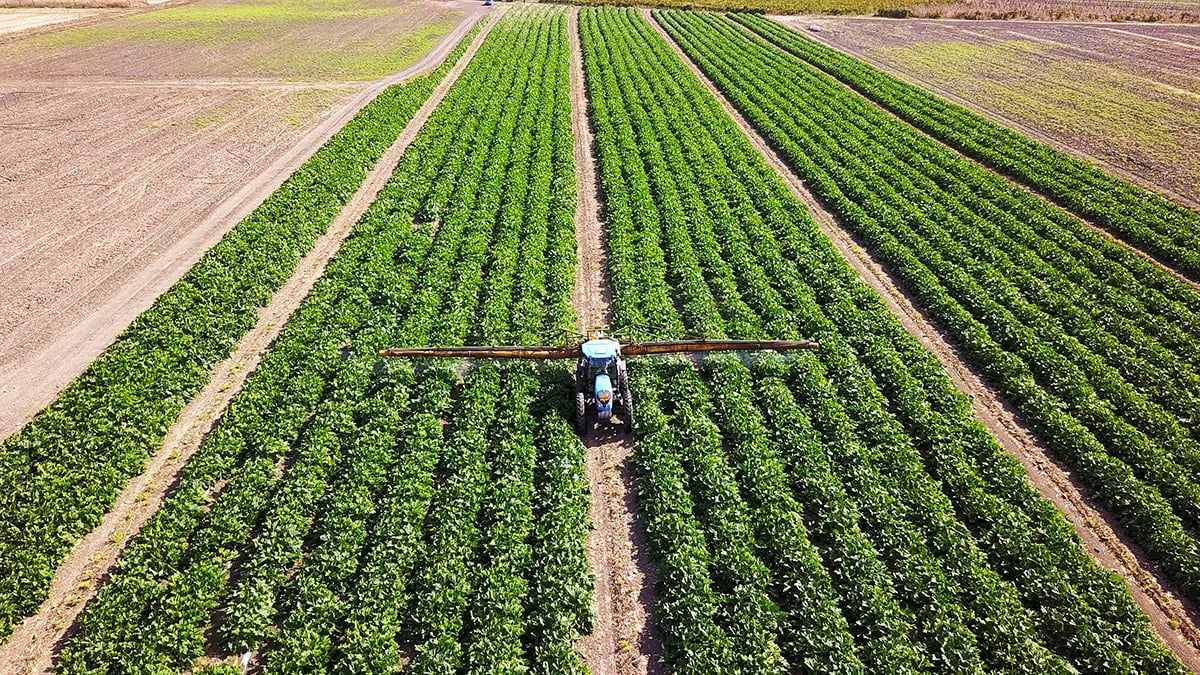
Leading the charge: Crop protection in Argentina, Mexico, Brazil
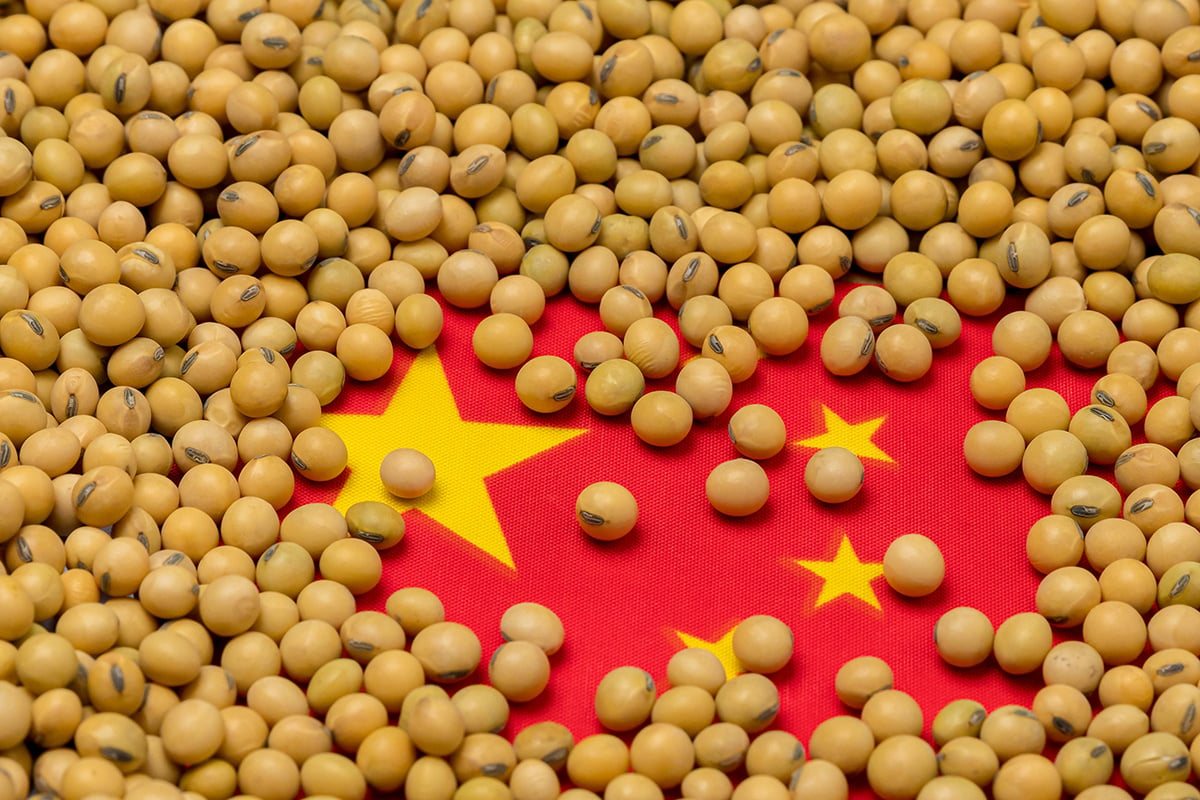
From Regulation to Innovation: How China’s Crop Protection Market is Evolving

Nomman Ahmed Discusses the Role of Predictive Technology in Advancing Crop Protection

A Decade of Biopesticides Data in France Shows Both Uptake and Opportunity

"Progressive farmer" the target audience your agribusiness brand knows nothing about

Predictive Intelligence caught the US glyphosate dip. What could it tell you next?
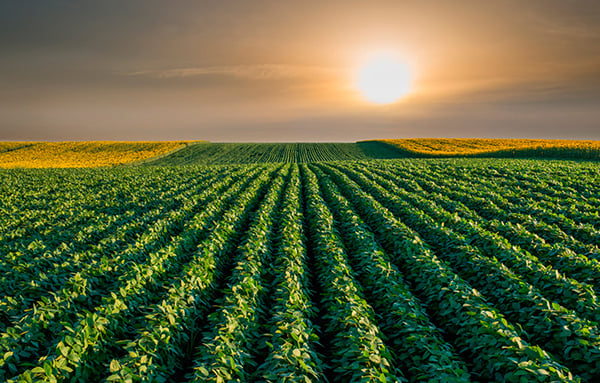
Soybean pesticide market grows 50% in Brazil to US$11.4 bn
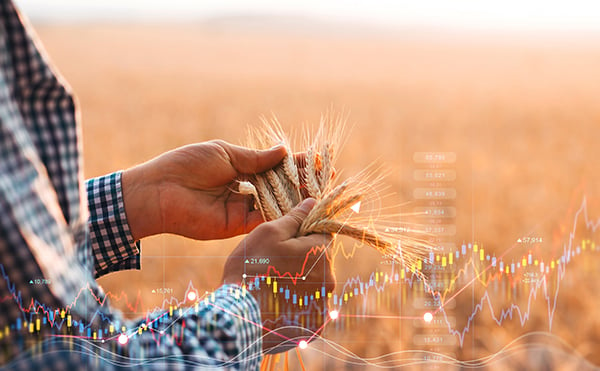
Feeding tomorrow: how foresight in data and analytics is changing the landscape of global agriculture
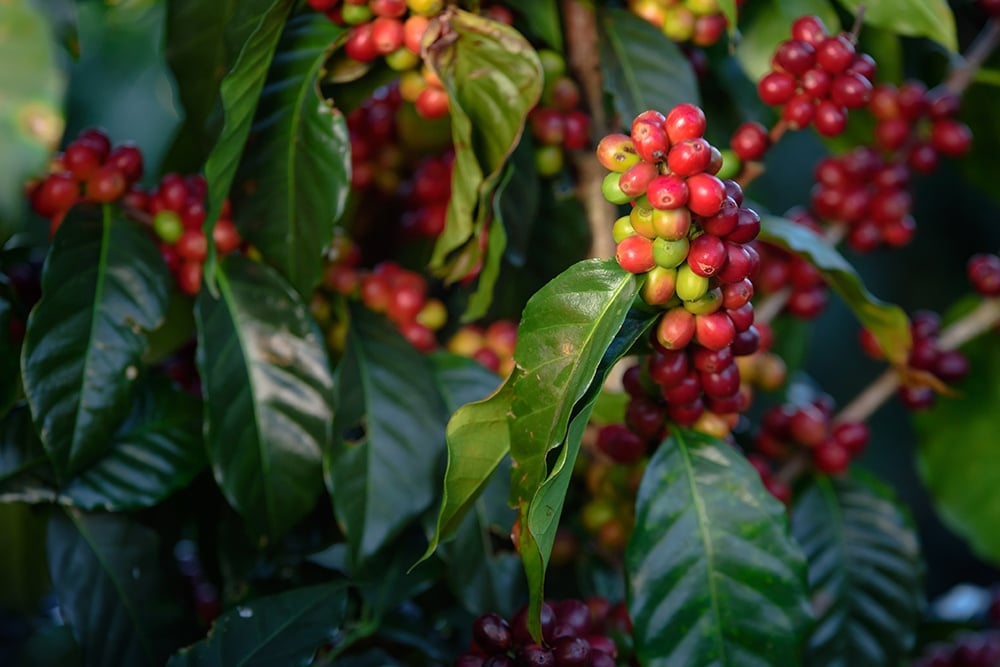
Brazilian coffee pesticide market up 17% in 2022-23
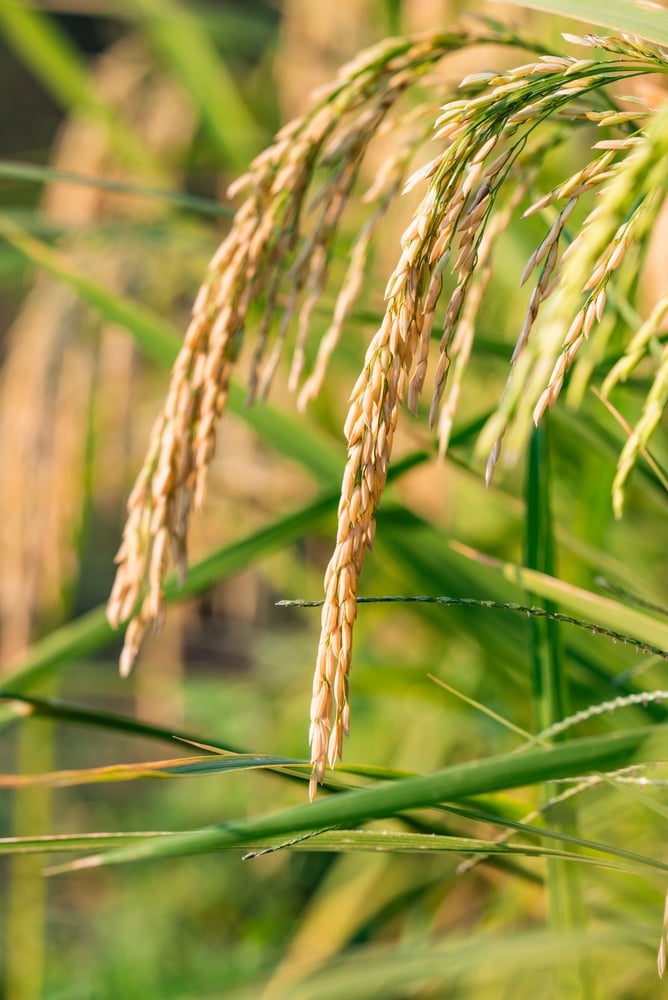
FarmTrak China 2022 rice survey highlights key trends over the last 12 years
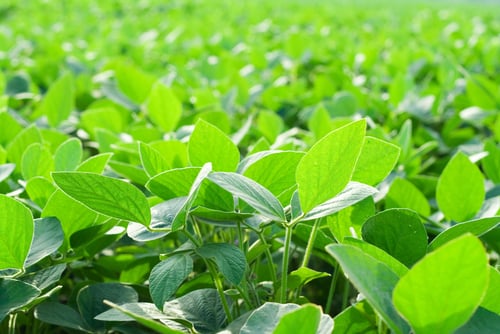
Significant growth recorded in Brazilian soybean nutrition market

Pandemic resilience identified among farmers
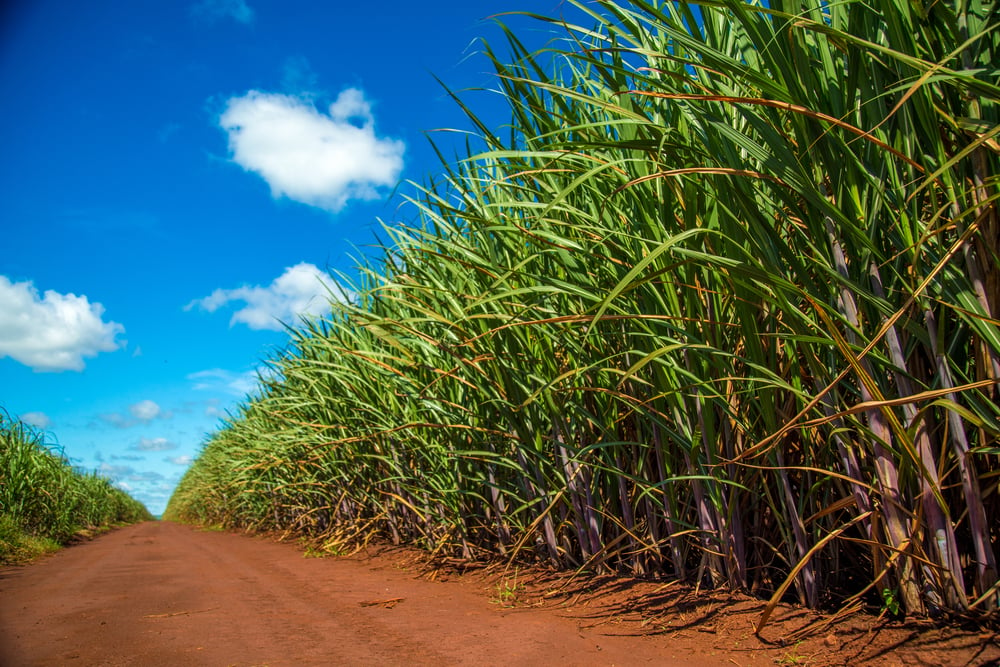
Brazil's sugarcane sector and the rising value of agrochemicals

Australian agricultural machinery sales boom
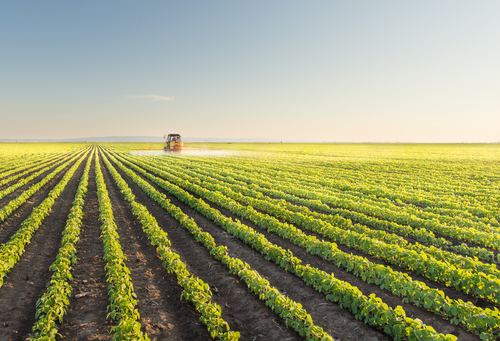
Tenfold growth in the Brazilian nematicides market over eight harvests
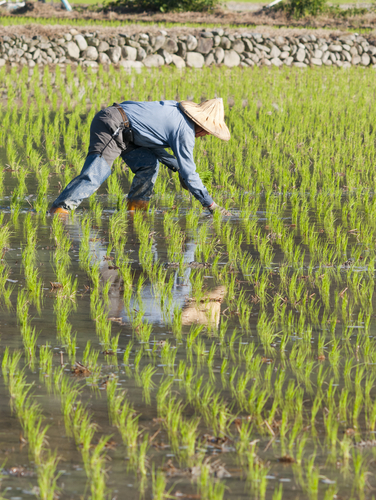
China’s crop protection market value on the rise
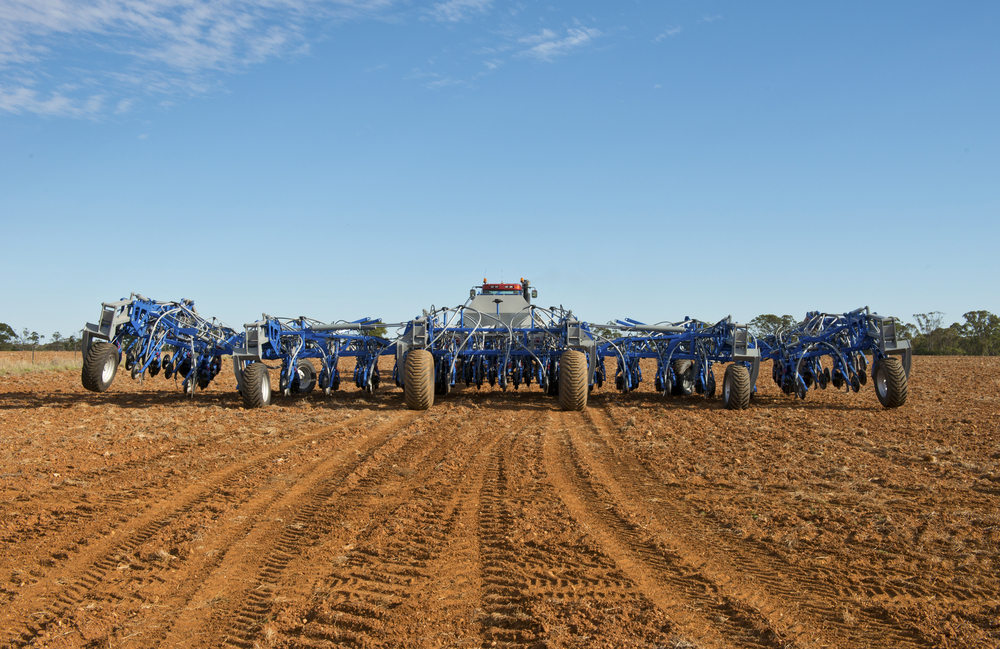
Impact of weather changes on crop decisions in the US and Canada
Case Studies
Impact and results


.jpg)
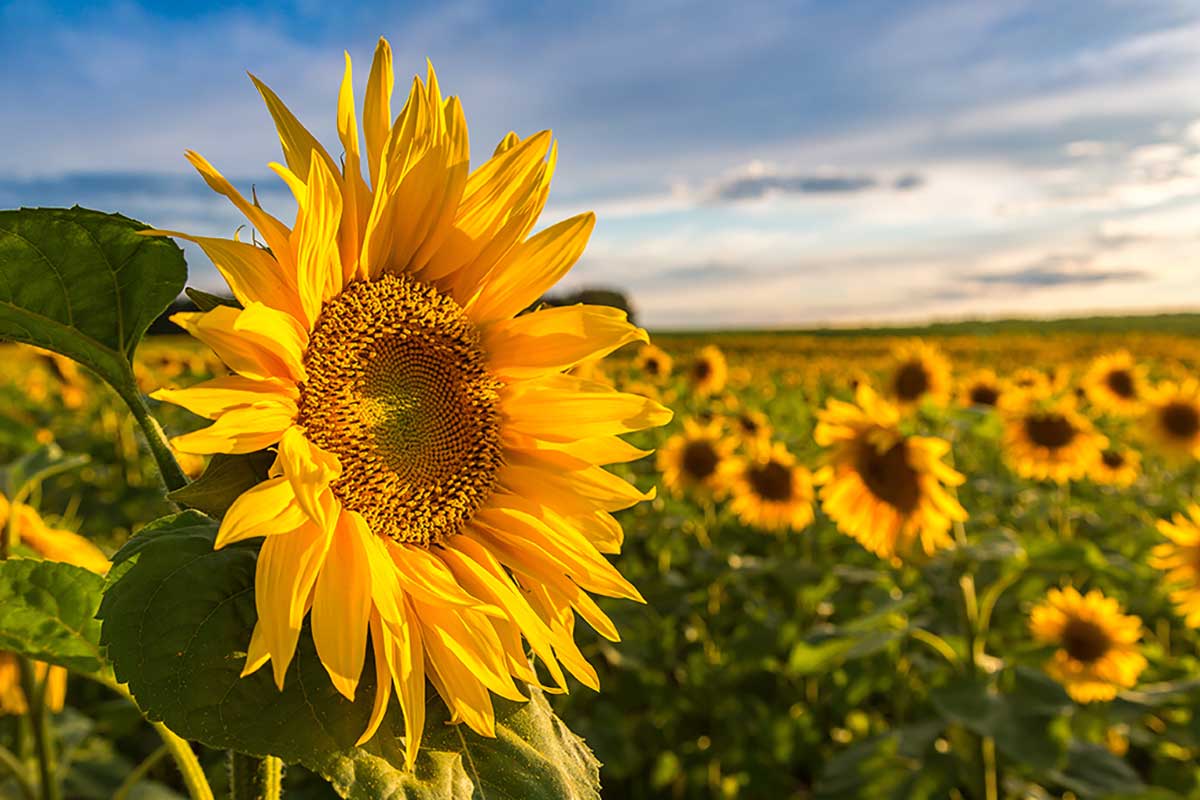
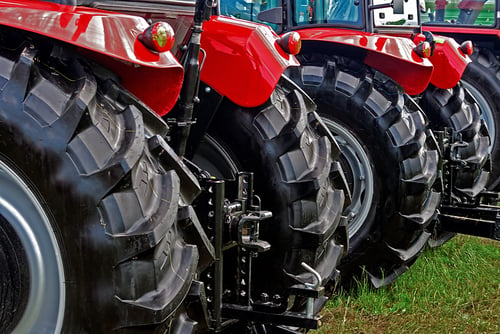
.jpg)
